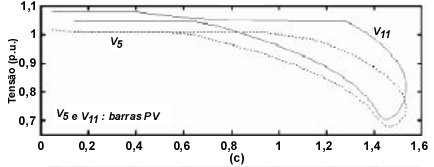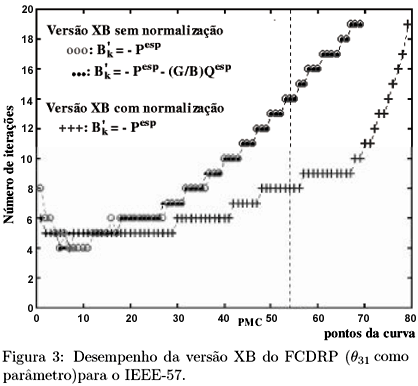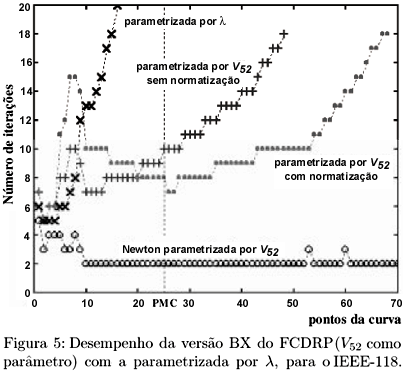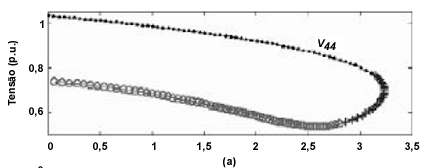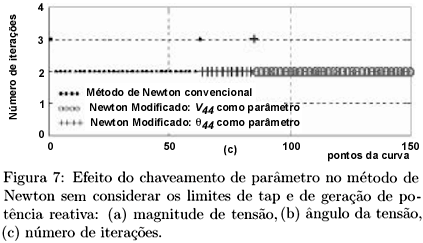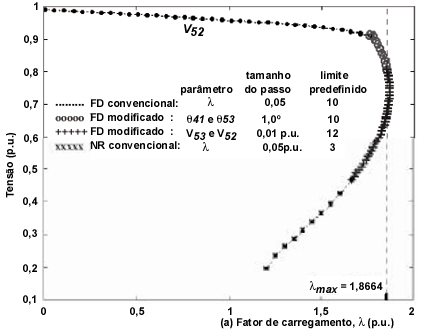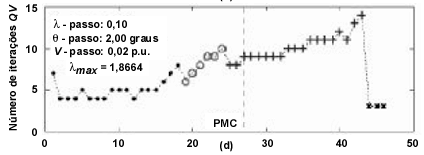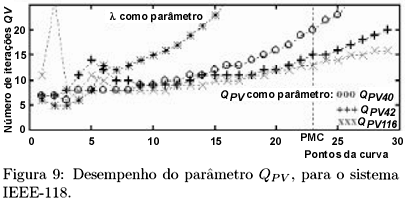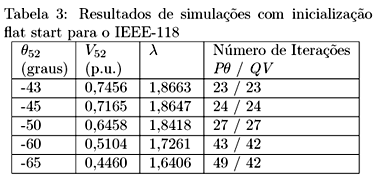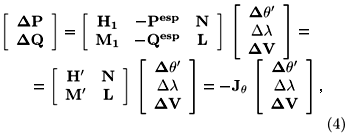The conventional Newton and fast decoupled load flow methods are considered to be inadequate to obtain the maximum loading point due to ill-conditioning problems at and near this critical point. At this point the Jacobian matrix of the Newton-Raphson method becomes singular, and it is believed that the P-V and Q-theta decoupling assumptions made for the fast decoupled load flow formulation no longer apply. However, as shown in this paper, with small modifications the fast decoupled load flow versions (XB and BX) become adequate for the computation of the maximum loading point. These new modified versions are compared to each other with the purpose of pointing out their features, as well as the influence of reactive power and transformer tap limits. The results obtained for the IEEE systems (14, 30, 57 and 118 buses) show that the convergence characteristics of the conventional versions are preserved. In addition, it is shown that these methods can be switched during the tracing process in order to efficiently determine all the PV curve points with few iterations.
Continuation Methods; Fast Decoupled Load Flow; Maximum Loading Point







